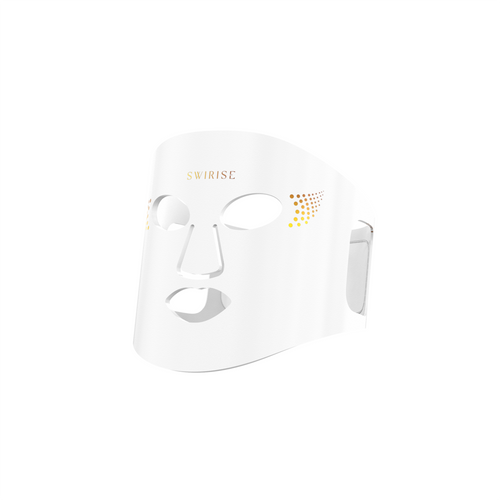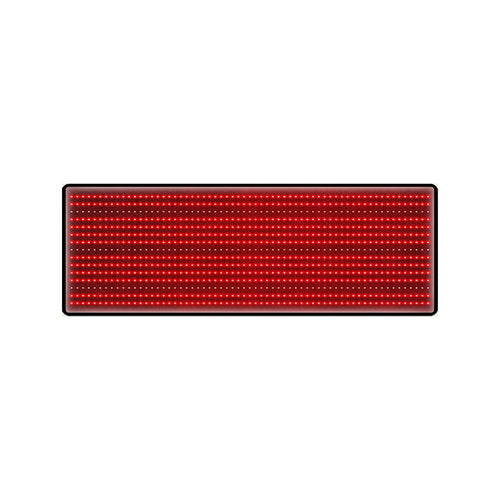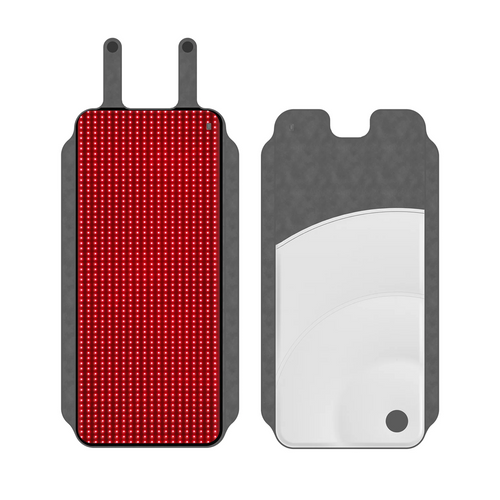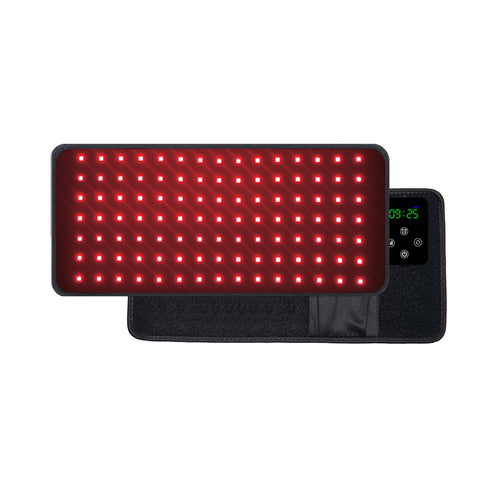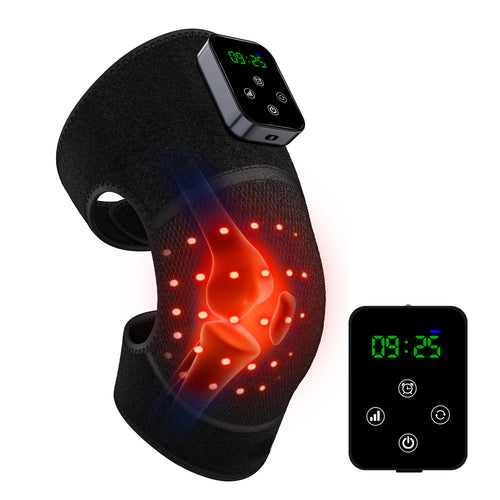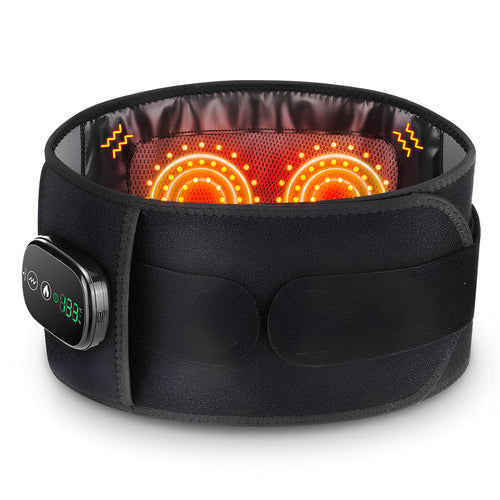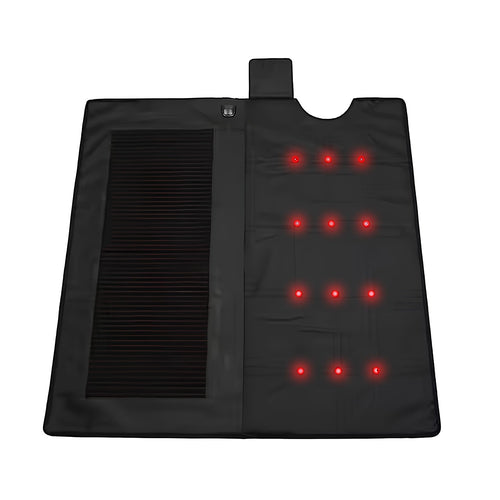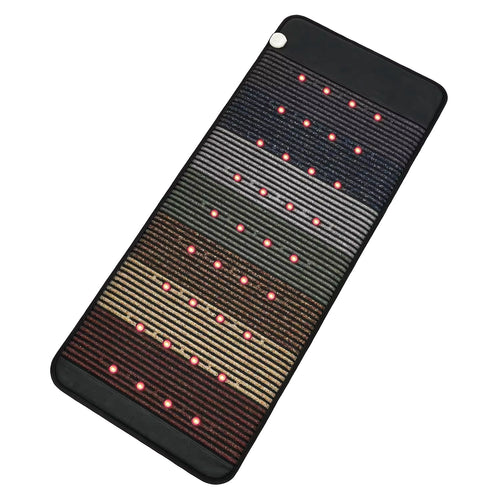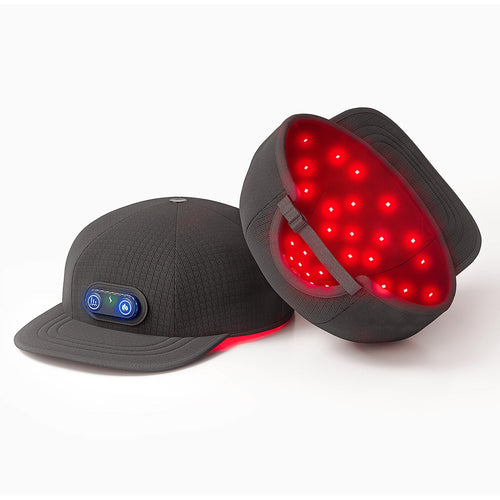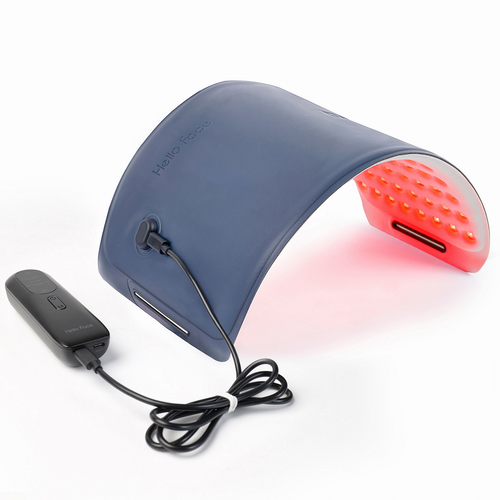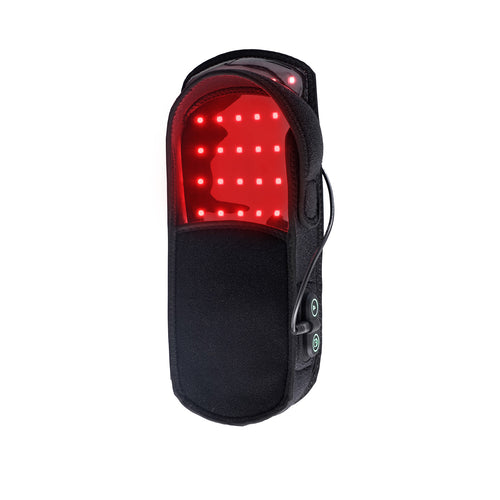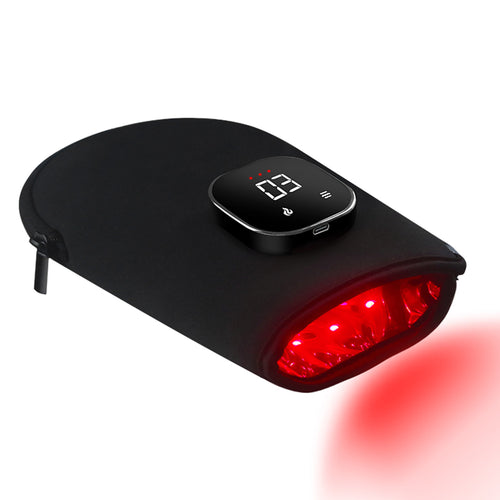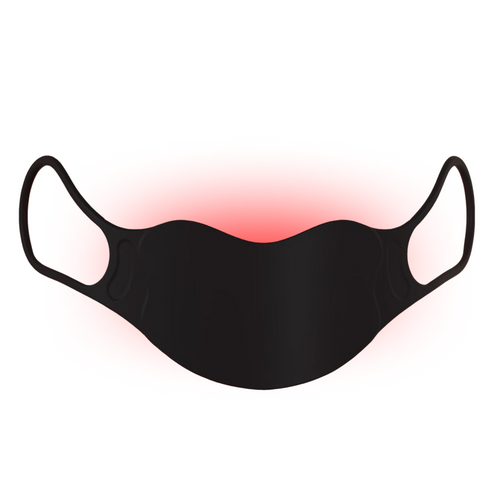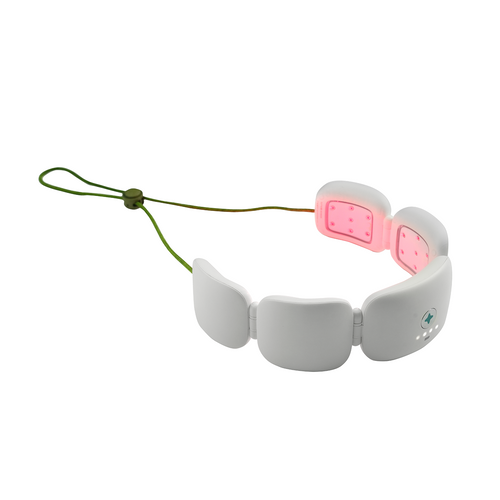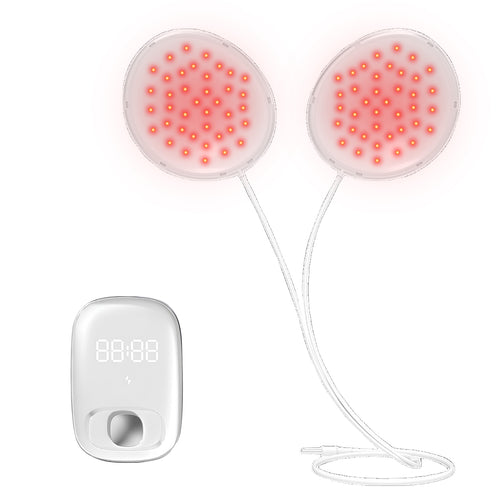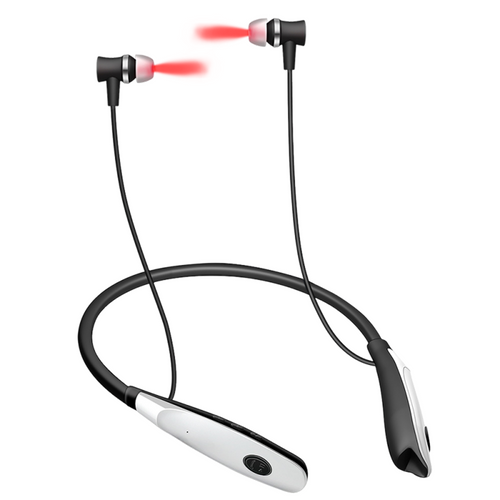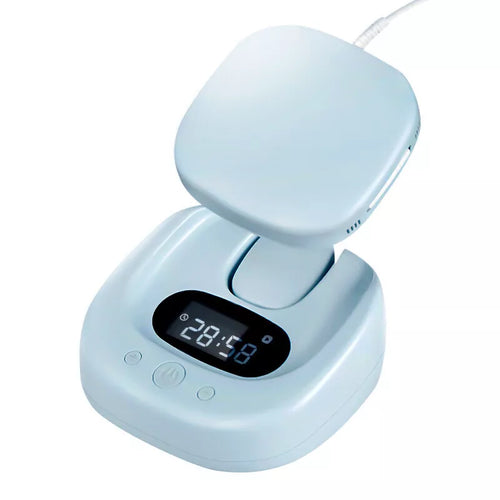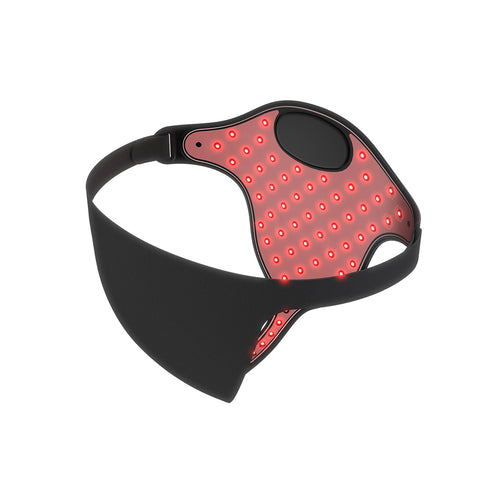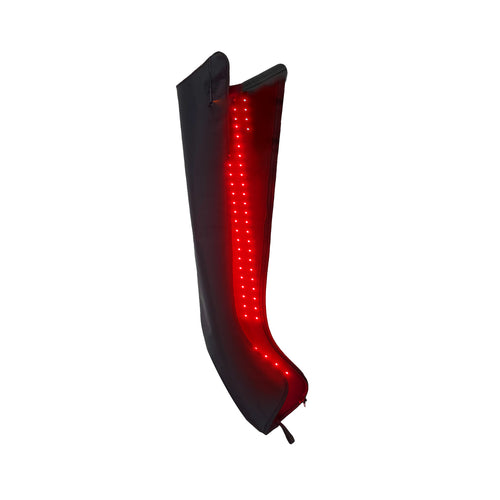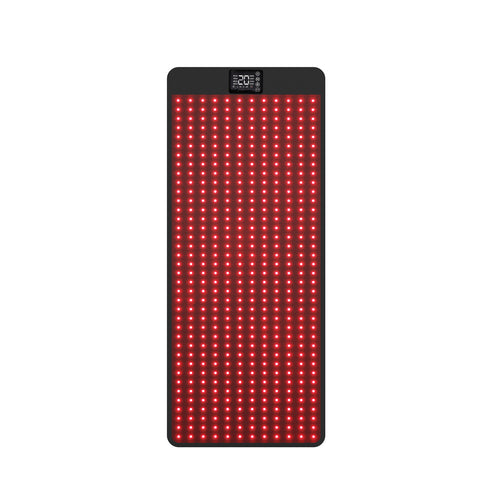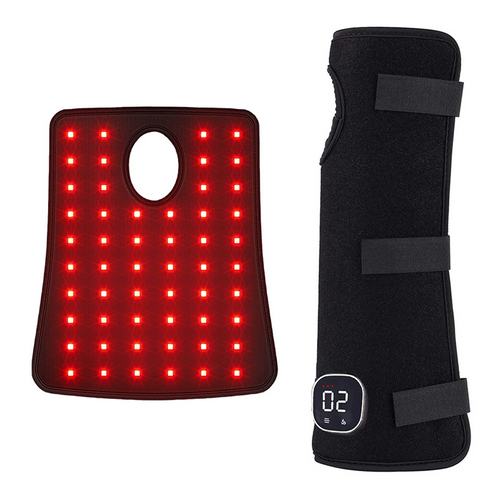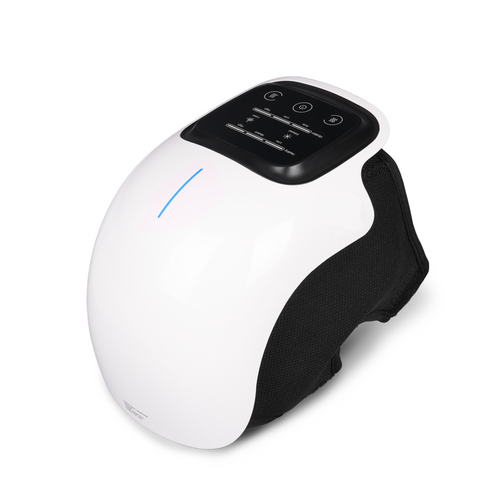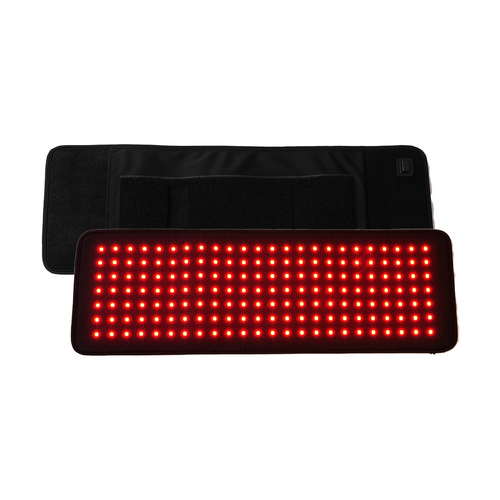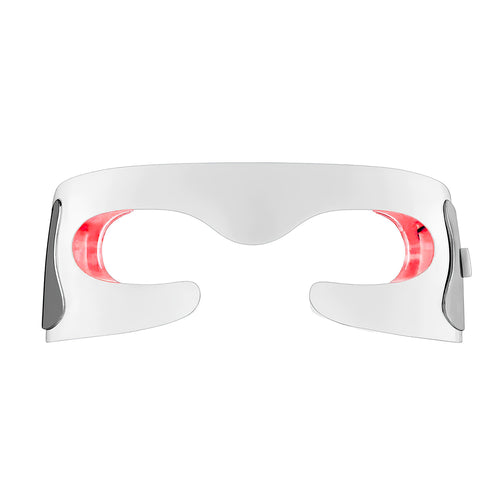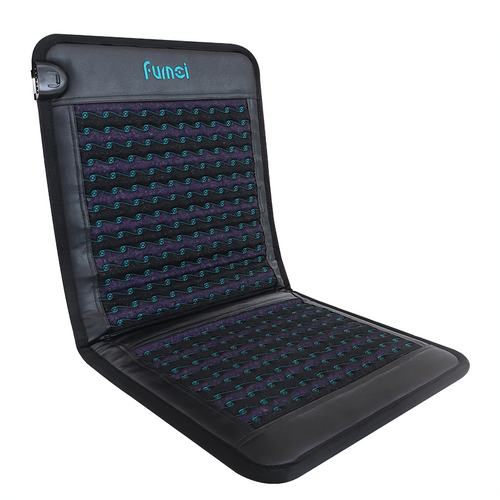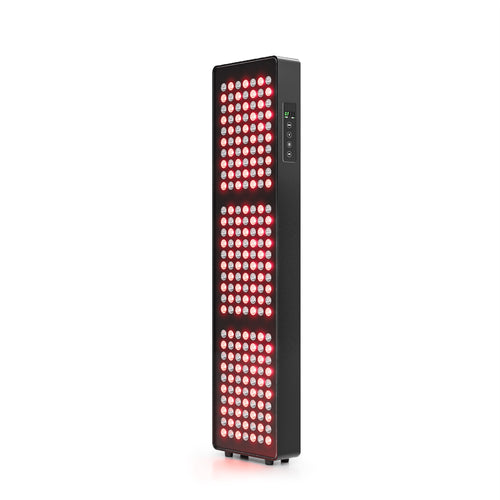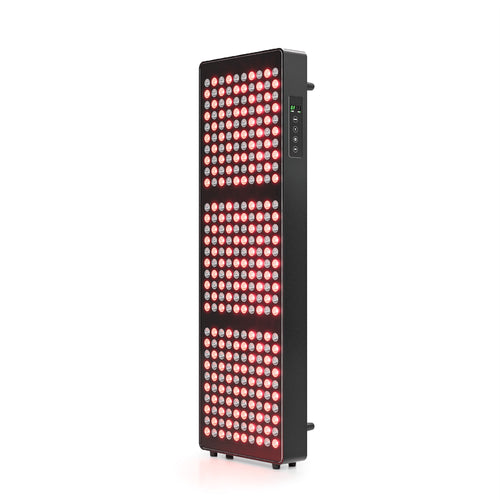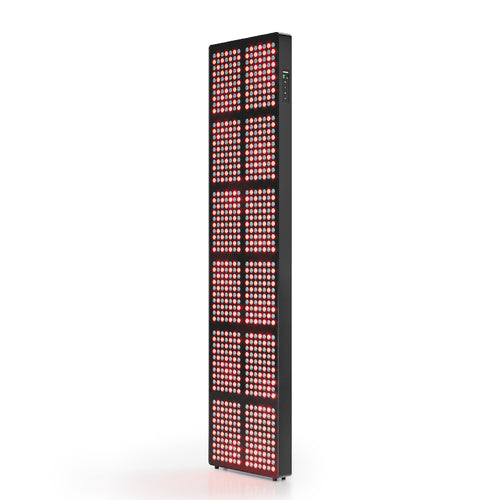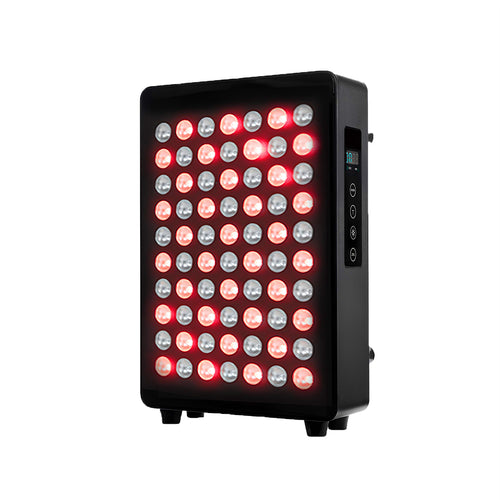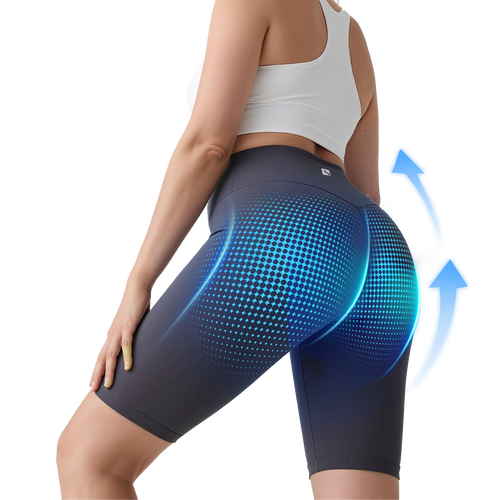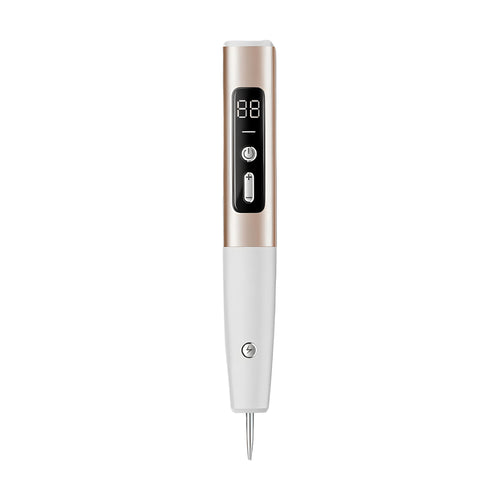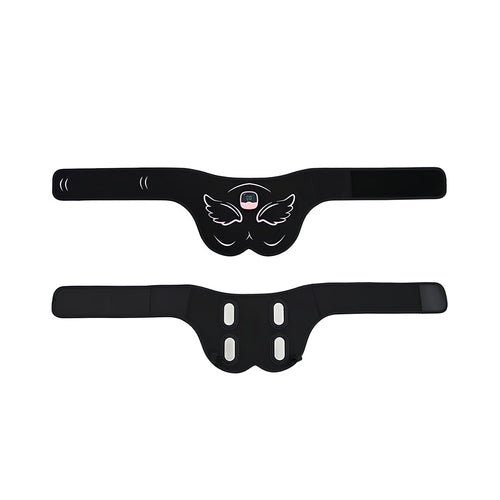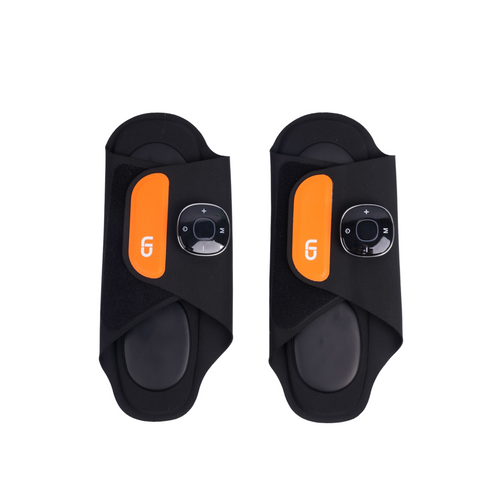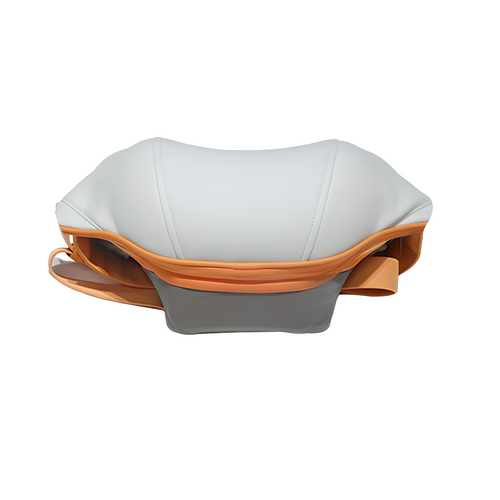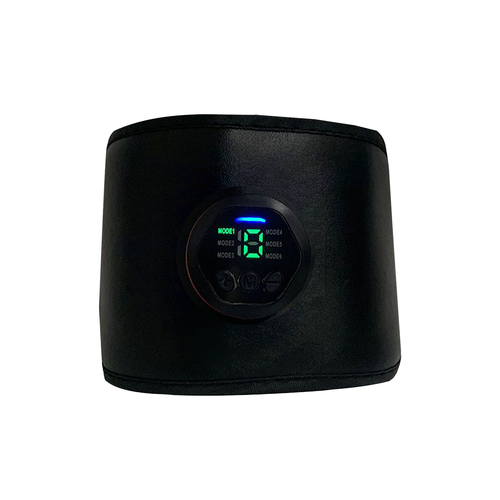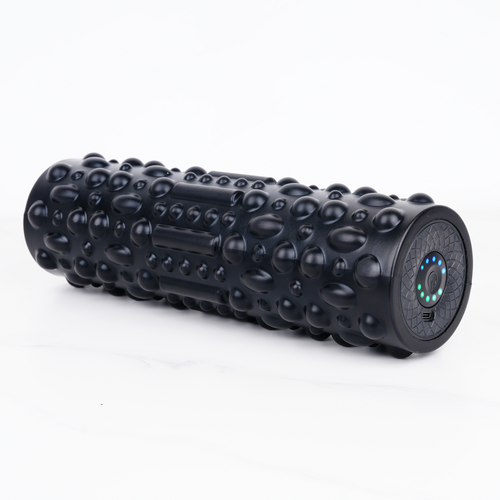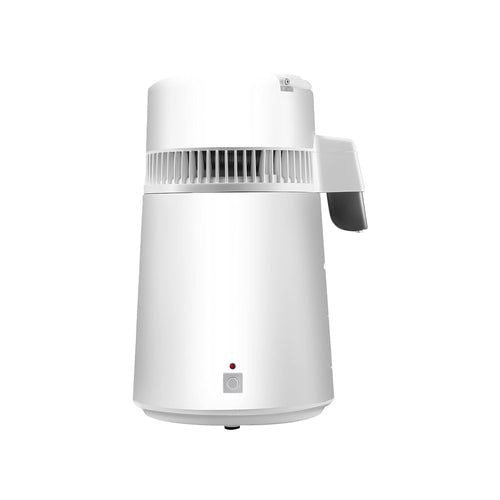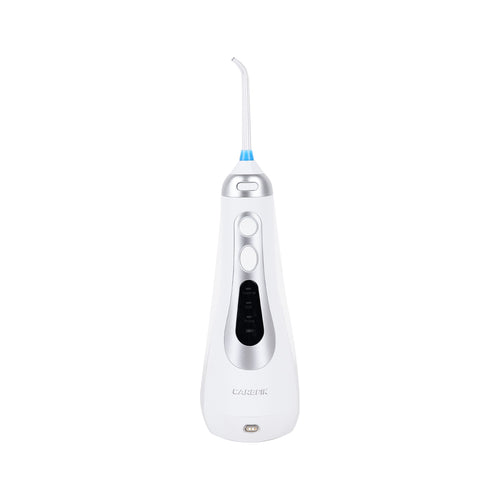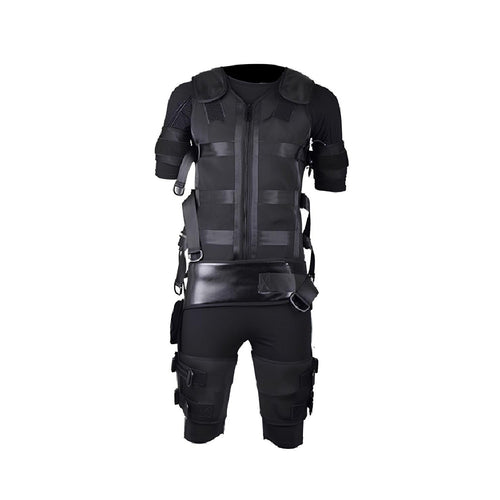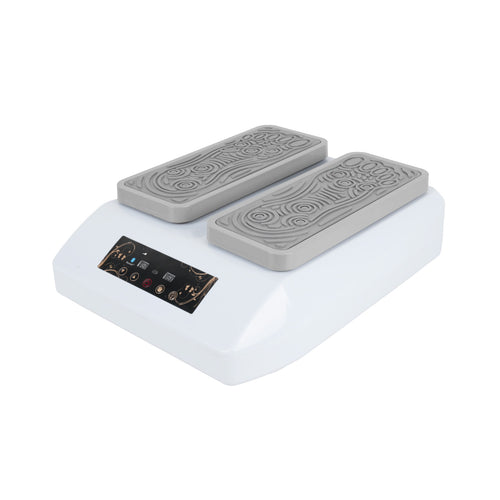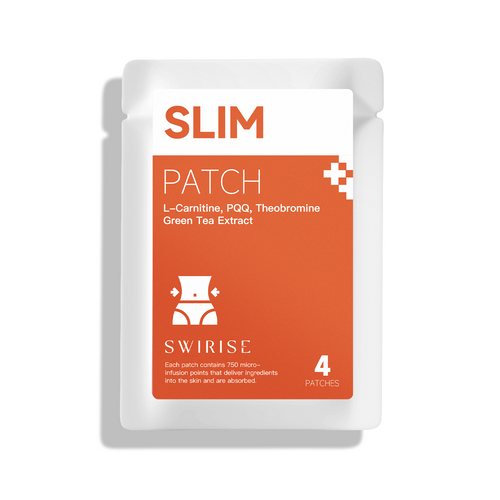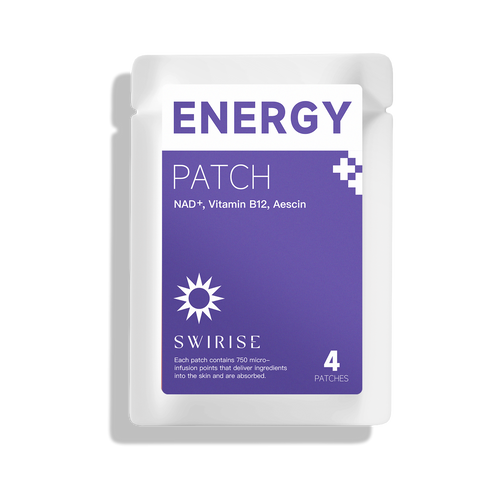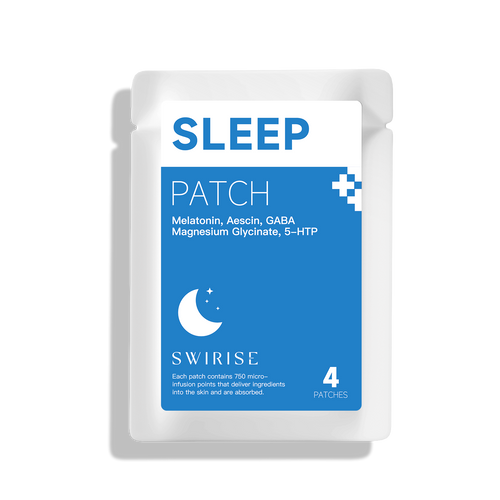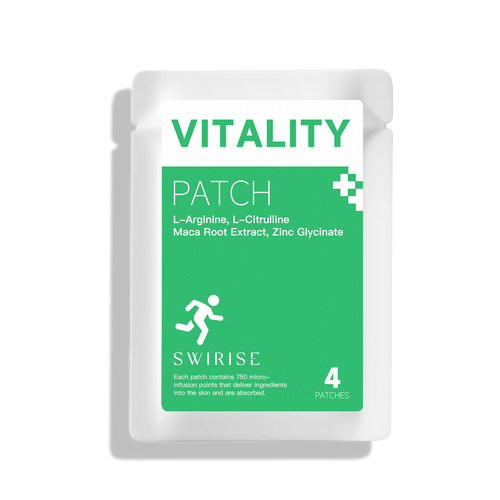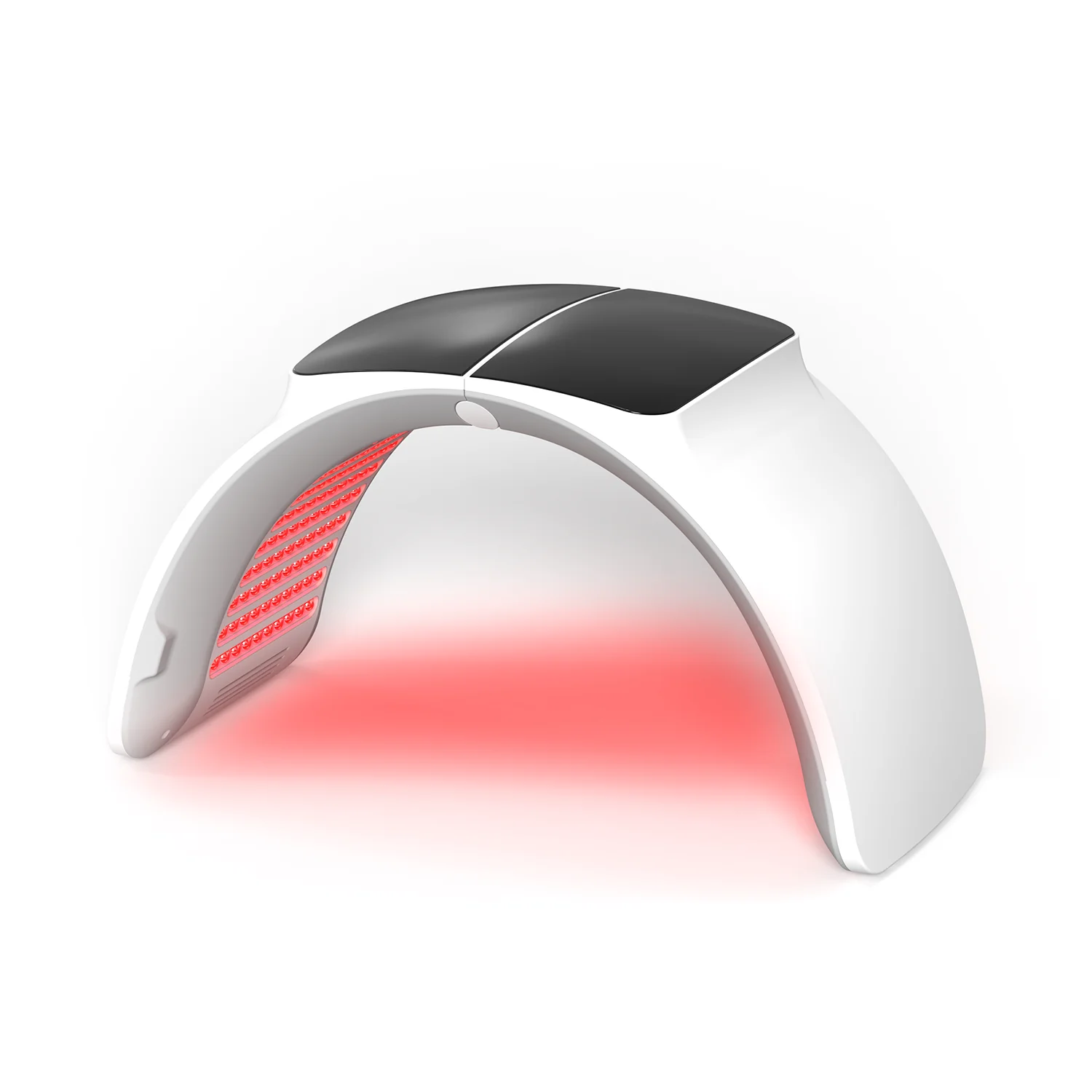
Near-Infrared Light Therapy: A Complete Guide
JustinLinIn the realm of non-invasive wellness and therapeutic technologies, near-infrared (NIR) light therapy has rapidly gained recognition as a highly effective method to support deep tissue healing, pain relief, and overall cellular regeneration. While red and blue light often receive attention for their skin-level effects, near-infrared light offers unique, deep-penetrating benefits that are essential—especially when combined with other wavelengths in advanced LED light therapy devices.
In this guide, we’ll explore how near-infrared light therapy works, its key benefits, its integration into modern phototherapy devices, and why multi-wavelength synergy—like that found in Swirise’s LED Light Therapy Device—is transforming the future of light-based wellness.
What Is Near-Infrared Light Therapy?
Near-infrared light therapy utilizes wavelengths typically in the 800–900nm range (commonly around 850nm) to penetrate deeper beneath the skin’s surface. Unlike visible blue or red light, which primarily affect the outer skin layers, near-infrared light reaches muscles, joints, and connective tissues to stimulate cellular repair and improve circulation.
This invisible, heat-producing light is classified as non-visible infrared radiation, and its ability to deeply penetrate tissue makes it a cornerstone of therapies for pain management, muscle recovery, and inflammation reduction.
Key Benefits of Near-Infrared Light Therapy
- Deep Tissue Repair & Muscle Recovery
Near-infrared light stimulates mitochondria in cells, enhancing ATP (cellular energy) production. This energy boost accelerates tissue repair, reduces muscle soreness, and supports recovery from injuries.
- Pain Relief & Inflammation Reduction
By improving blood flow and modulating inflammatory responses, NIR light helps reduce chronic and acute pain from conditions like arthritis, muscle strain, and joint stiffness.
- Improved Circulation and Detoxification
NIR light promotes vasodilation—widening blood vessels—which enhances oxygen and nutrient delivery, while assisting the removal of metabolic waste products.
- Skin Rejuvenation & Collagen Support
Though it acts deeper than visible light, near-infrared therapy also aids skin health by stimulating collagen synthesis from below, complementing surface treatments.
How Near-Infrared Light Is Used in Modern LED Therapy Devices
Today’s most advanced light therapy devices combine near-infrared light with visible wavelengths like blue, red, amber, and green to provide comprehensive, multi-level care. Near-infrared complements the surface-focused benefits of blue and red light by working deep inside tissues, creating a holistic therapeutic effect.
Typical wavelength combinations in modern devices include:
- Near-infrared light (around 850nm): Deep tissue healing, pain relief, circulation.
- Red light (around 660nm): Cellular regeneration, collagen stimulation, anti-inflammation.
- Blue light (around 420–480nm): Surface-level acne control, antibacterial effects, oil regulation.
- Amber and green wavelengths: Skin tone correction and calming effects.
Near-Infrared + Red Light: The Ultimate Healing Duo:
Combining near-infrared and red light is among the most powerful approaches in skin and wellness therapies:
- Near-Infrared penetrates deep:
It boosts mitochondrial function in muscles and connective tissues, helping repair damage, relieve pain, and reduce inflammation beneath the skin’s surface.
- Red light treats surface and dermal layers:
It stimulates collagen production, reduces redness, and speeds skin healing, complementing near-infrared’s deeper effects.
Together, they form a full-spectrum therapy that addresses both visible skin concerns and underlying tissue health, making for a natural, non-invasive healing regimen.
Swirise LED Light Therapy Device: Full Body Red Light Therapy
The Swirise LED Light Therapy Device is engineered to deliver this kind of synergistic healing. With 7 optimized wavelengths, including near-infrared, red, blue, and others, it offers a customizable full-body therapy experience designed for skin, muscle, and overall wellness.
Key Specifications:
- Number of LEDs: 200
- Irradiance: 100mW/cm² (clinical-level power)
- Wavelengths Included: 420nm, 480nm, 535nm, 595nm, 605nm, 660nm, 850nm
This versatile spectrum allows users to simultaneously target surface concerns like acne and skin tone while supporting deeper tissue repair and inflammation control, ideal for those seeking effective full body red and near-infrared light therapy benefits.
Conclusion: Why Near-Infrared Light Should Be Part of Your Wellness Routine
Near-infrared light therapy is more than just a wellness trend—it’s a scientifically backed method to accelerate deep tissue healing, ease pain, and rejuvenate skin from within. Paired with red, blue, and other wavelengths in advanced devices like the Swirise LED Light Therapy Device, it offers a powerful, full-spectrum solution for those seeking natural, non-invasive care.
Whether you want faster muscle recovery, improved circulation, or a healthier glow, near-infrared light therapy provides the deep support your body needs to thrive.

